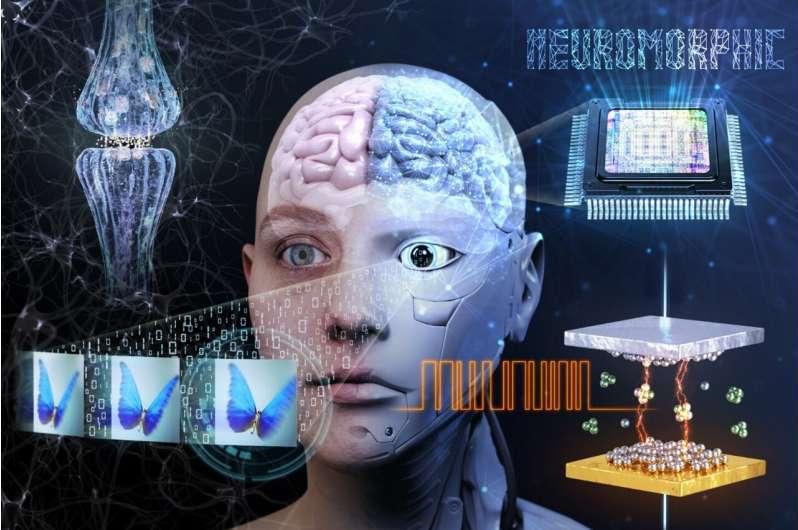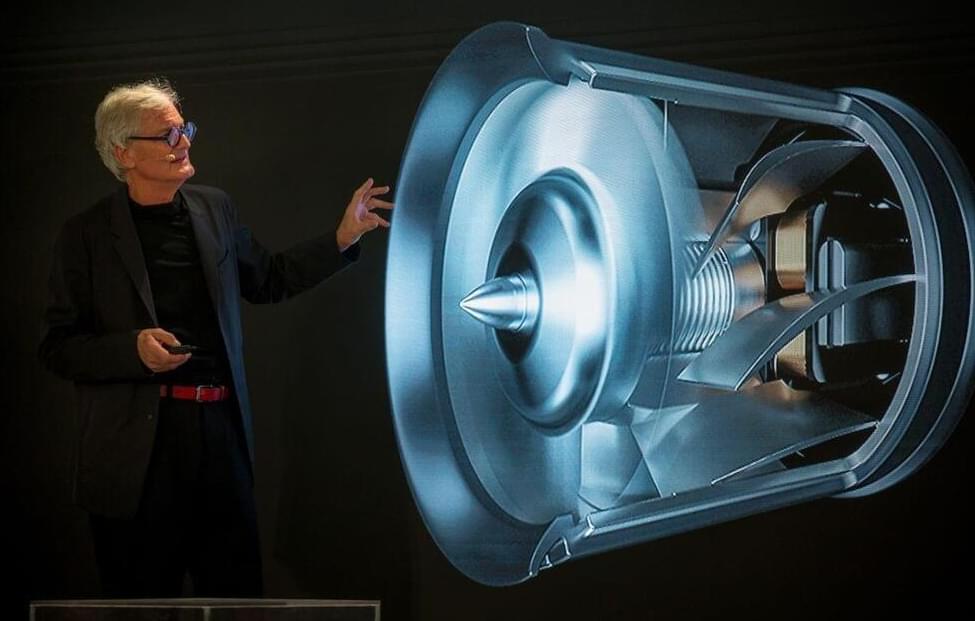A joint letter from Sweden and Denmark to the UN Security Council said “several hundred kilos” of explosives caused the damage in a “deliberate” act.




What’s a Metaverse, and Why is One Having a Fashion Show?
Experiential Marketing Meets Social Commerce in the Metaverse
For all the hype of the metaverse as the future of entertainment, retail, and social media, there’s only one business that has an actual, proven track record: Concerts from recording artists like Arianna Grande and Travis Scott have drawn millions of fans.



A big reason for the high rate of app abandonment is bad experience, particularly slowness and unreliability. A report by Think Storage Now found that 70% of mobile app users will abandon an app that takes too long to load. And an older but still often cited Compuware study found that 84% of app users will abandon an app if it fails just two times.
These facts help emphasize that the margin of error is small when it comes to keeping users happy and engaged. Providing a fast, reliable experience is key to the success of your mobile app, and using the right database — one built for mobile apps — is key to achieving it.


James Dyson’s technology firm gave a record 10-figure dividend to his family holding company last year as the billionaire continues to build up his fortune outside his largest asset.
Dyson Holdings paid Weybourne Holdings £1 billion ($1.1 billion) in 2021, the biggest annual cash transfer ever for the UK entrepreneur’s investment group, according to registry filings. Weybourne is also set to receive at least £500 million more this year from a dividend declared in January by the closely held maker of bagless vacuum cleaners.
Join us to build the future of AI → https://www.tesla.com/ai
In this video I discuss the Future of Reality… What will be the Next Quadrillion Dollar Company in Tech.
Support me on Patreon: https://www.patreon.com/AnastasiInTech.